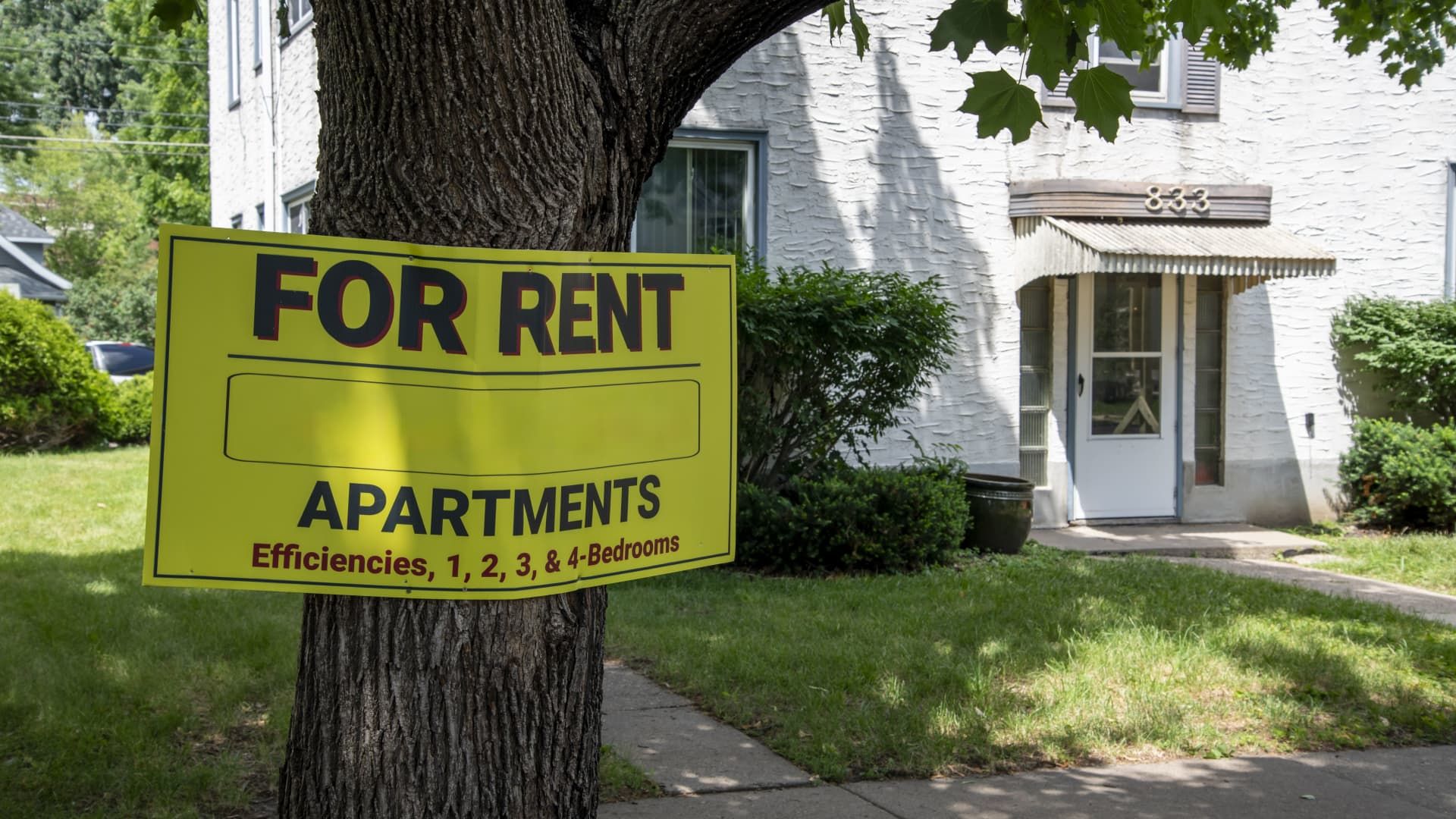Driven by work-from-home dynamics as well as new migration patterns, both single-family and multi-family rental prices were red-hot during the early years of the pandemic.
Now, different drivers are raising some rents and pouring cold water on others.
Multifamily rents in April were 0.8% lower than the same month last year, according to Apartment List. Rents cooled because a huge amount of new supply entered the market, and there is still more in the pipeline.
Apartment rents rose for the third month in a row, but the growth, at 0.5%, is very small. Rents typically start to rise in the spring, and this year's increase is not only smaller than usual but also smaller than last month. The national average rent in April was $1,396.
“This is typically the time of year when rental growth accelerates ahead of peak moving season, so the fact that growth has plateaued this month could be a sign that the market is slowing down.” heading into another slow summer,” according to the Apartment List report.
Apartment vacancies are also rising, reaching 6.7% in March, marking the highest reading since August 2020. New multifamily construction permits are slowing, but the number of units currently under construction is near a record, and last year saw the largest number of new apartments hit the market in more than 30 years.
Single-family rentals are much stronger, up 3.4% year-over-year in March, according to a new report from CoreLogic. However, that annual increase continues to shrink as more supply from build-to-rent companies hits the market.
Approximately 18,000 single-family homes built for rental were started during the first quarter, a 20% increase from the first quarter of 2023, according to an analysis of census data by the National Association of Home Builders. In the last four quarters, 80,000 homes of this type began to be built, which represents an increase of almost 16% compared to the previous four quarters.
“U.S. single-family rental growth generally strengthened in March, although the latest numbers reveal some weaknesses,” said Molly Boesel, chief economist at CoreLogic. “Overbuilt areas, such as Austin, Texas, continued to weaken, declining 3.5% year over year in March.”
The continued overall strength of single-family rentals indicates that potential homebuyers who are priced out of the home-buying market are opting to rent similar alternatives, according to Boesel. Mortgage rates have risen back into the 7% range and home prices continue to rise, making it difficult to purchase a home.
Of the 20 largest cities in the country, Seattle saw the largest year-over-year increase in single-family rents at 6.3%, followed by New York at 5.3% and Boston at 5.2%. Those leading the declines were Austin, Texas, with a drop of 3.5%; Miami, 3.2% less; and New Orleans, 1.4% less.
However, for the first time in 14 years, attached single-family properties, i.e. townhouses, saw rental declines year over year.
“The decline in the attached segment is being driven by a subset of markets, primarily in Florida, but including Austin and New Orleans. As multifamily apartments are completed, some markets are gaining rental supply, which competes with the attached segment of single-family homes. -family rental market,” Boesel added.










